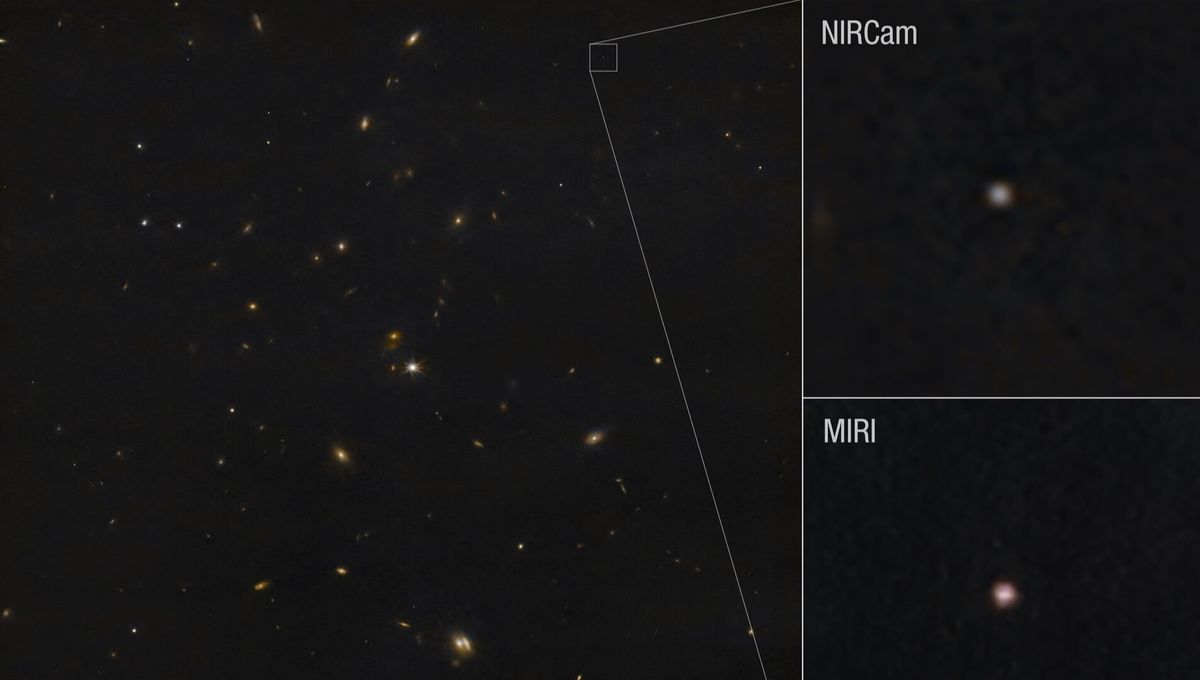
For weeks, near-Earth asteroid 2024 YR4 has dominated the news. From the moment of its discovery in late December until the end of February, it became the space rock with the highest risk of impact on our planet. Preparation to protect ourselves kicked in, and a global effort of observations delivered the happy news that it won’t hit Earth on December 22, 2032. But the latest observations suggest that it might hit the Moon.
Back when the Earth was the likelier target, there was just half a percent chance that it would hit the Moon. Now, the value has grown to 3.8 percent, which makes it a much likelier target.
“The odds of an impact into the Moon have always been there. It’s been lower at that time because the Earth [was] a bigger target,” planetary scientist Dr Andrew Rivkin, from Johns Hopkins University in Maryland, told IFLScience.
“The way that the orbit improved made the position move away from the Earth, but it moved toward the Moon. So there’s like almost a 4 percent chance it’s going to hit the Moon. That means there’s a better than 96 percent chance it’s going to miss the Moon, but if it did hit the Moon, it really would be pretty spectacular!”
JWST strikes again
Rivkin and his team requested time on JWST to better understand this object when the space rock was still a threat to our planet. JWST is a superb infrared telescope, a collaboration of NASA, the European Space Agency, and the Canadian Space Agency. The data improved our understanding of the orbit, and thus the increased risk to the Moon, but also its physical properties such as its size, which is now estimated to be between 53 and 67 meters (174-220 feet).
It would be this potentially amazing opportunity if nature cooperates
Dr Andrew Rivkin
“We were able to measure how bright the asteroid was in the infrared, that’s how we got the size,” Rivkin told IFLScience.
“We already knew based on some measurements by our colleagues that 2024 YR4 has a very rapid spin rate. So it has a rotation period that is a little short of 20 minutes. We were able to design our measurements so that we accounted for that and we can see in our individual exposures. Also, we were looking at it at a slightly different time, we saw it from a slightly different angle. So putting all of the information together will help us have a little better idea of the shape”
Dreaming of a new Moon crater
The information about this dangerous asteroid is useful whether this rock becomes a threat to Earth or not. Characterizing near-Earth objects is crucial to our understanding of asteroids in general. And if it’s going to hit the Moon, it’s best to know as much as we can in advance. Sure, the chance is remote, but let us dream.
“It would be visible from Earth and there would even be new lunar meteorites that would arrive on Earth (nothing dangerous), but there is no guarantee,” Richard Moissl, the head of ESA’s Planetary Defence Office, told IFLScience back in February. “Definitely, a new observable moon crater would be the outcome!”
Based on the latest size estimates, the new crater would be 1 kilometer (0.6 miles). It would produce a flash lasting a couple of seconds, with the ideal locations to see it being the Americas, the Pacific, and Asia. But the real show would come from placing stuff in and around the Moon, if it truly were to happen.
“Science-wise [the impact] would be great. It would be this natural experiment. People who study impact craters around the Solar System would get to see one in action,” Rivkin told IFLScience. “And you know people who study the Moon, if they were able to put seismometers in places on the Moon, they could learn about all sorts of things about the lunar interior. It would be this potentially amazing opportunity if nature cooperates.”
There’s more to come on 2024 YR4
The public can know that we have set up a scheme and the scheme is working!
Dr Andrew Rivkin
There are more observations of the object with JWST planned for either late April or early May. This will provide more insight into its physical properties and more constraints on its orbit. The object is too far away and faint at the moment to be seen with ground-based telescopes. Whether it hits the Moon or not, the story of 2024 YR4 will show just how ready humanity is to face a potential threat from the sky.
“This is a sign that the system and the process we have is working. We found this object and people were able to make a bunch of measurements of it. It is not going to hit us in 2032, but if we had found that it was going to hit us, we would be well positioned to do something about it,” Rivkin explained.
“We want to continue the searches, we want to continue doing the work we’re doing, but the public can know that we have set up a scheme and the scheme is working!”
In the last few years, humanity has predicted an increasing number of small asteroids hitting our planet before they actually did. None of them were dangerous. There is also the famous NASA DART mission– Rivkin was among its team. That was the first demonstration that we could deflect an asteroid and it was a resounding success.
Source Link: Dangerous Asteroid Has A 1-In-25 Chance Of Hitting The Moon – "If It Hits, It Will Be Pretty Spectacular!"